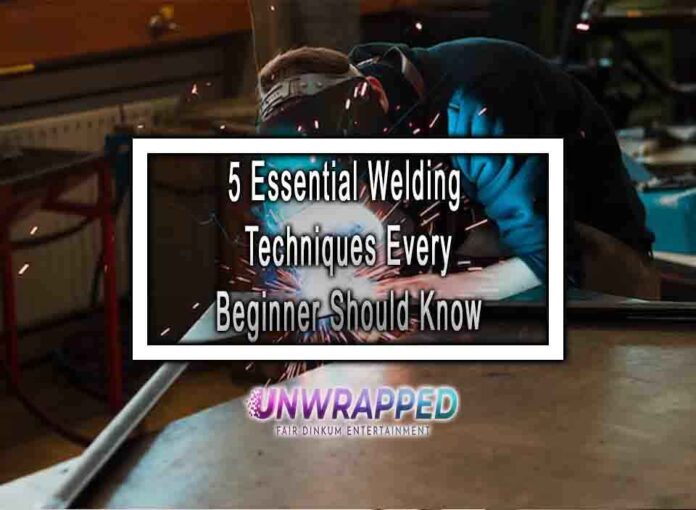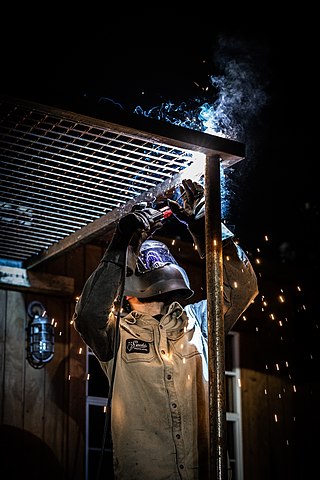Welding is a versatile and essential skill used in various industries, from construction to manufacturing. If you’re a beginner in welding, it’s crucial to master some fundamental techniques. Here are five essential welding techniques every beginner should know:
1. Butt Joint Welding:
- Butt joint welding is one of the most basic and widely used welding techniques. It involves joining two pieces of metal along their edges. To master this technique, focus on achieving a consistent bead along the joint and controlling the penetration depth. This technique is commonly used in structural welding and pipe welding.

2. Fillet Welding:
- Fillet welding joins two pieces of metal at right angles, creating a triangular cross-section between them. This technique is used for corner joints, T-joints, and lap joints. To excel in fillet welding, practice creating smooth and uniform fillet welds while maintaining the correct leg length (the distance from the root to the toe of the weld).
3. Tack Welding:
- Tack welding involves making small, temporary welds to hold workpieces together before creating a full, continuous weld. It’s an important technique for ensuring proper alignment and fit-up. Practice tack welding to secure pieces in the correct position and ensure they don’t move during final welding.
4. Vertical Welding:
- Welding in the vertical position can be challenging due to the effects of gravity. It’s essential to control the molten metal to prevent it from running or sagging. Vertical welding techniques include uphill (from bottom to top) and downhill (from top to bottom). Uphill welding is often preferred as it offers better control of the weld pool and penetration.
5. Overhead Welding:
- Overhead welding is when you weld the underside of a joint, which can be challenging due to the risk of spatter and gravity pulling the molten metal. To master this technique, use proper technique to control the weld pool and minimize spatter. It’s essential to have good control and welding dexterity.
Remember, practice and patience are key to mastering these welding techniques. Safety is paramount when welding, so always wear appropriate personal protective equipment (PPE), work in a well-ventilated area, and follow safety guidelines. Additionally, consider enrolling in a welding course or seeking guidance from experienced welders to refine your skills and gain valuable insights.











